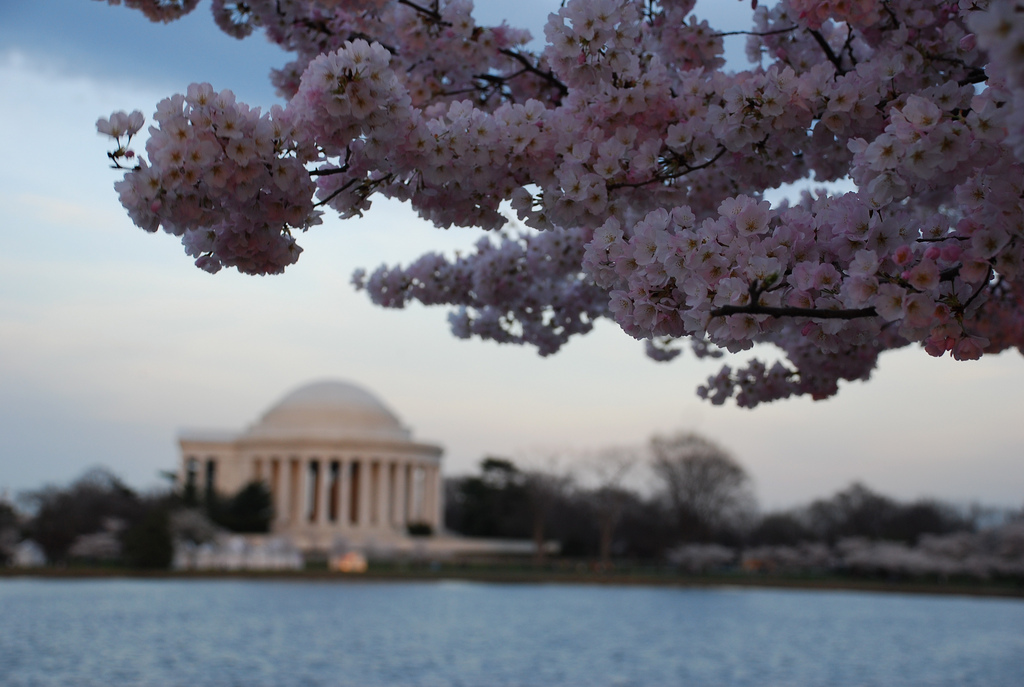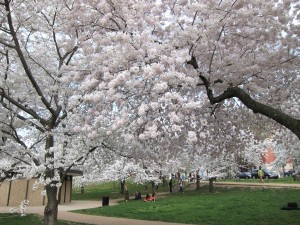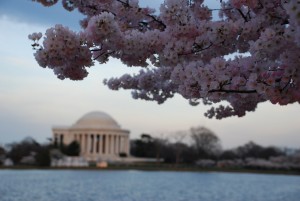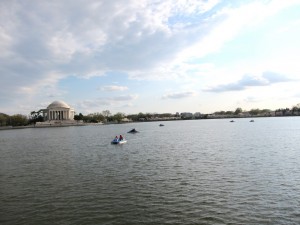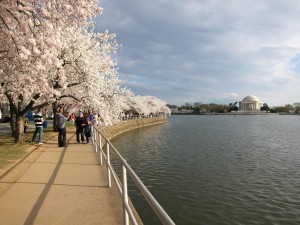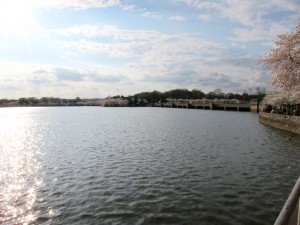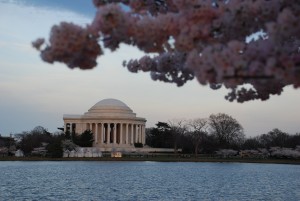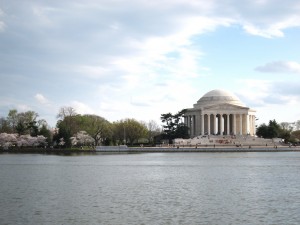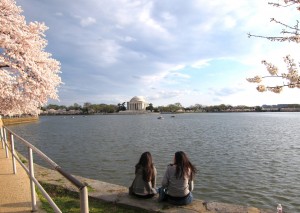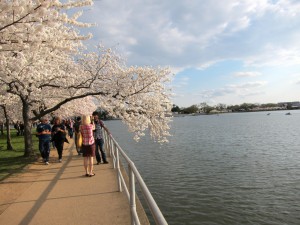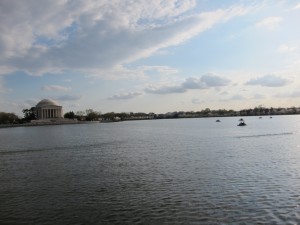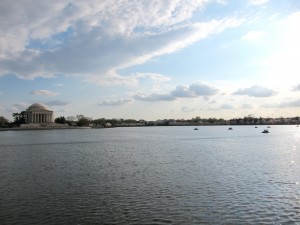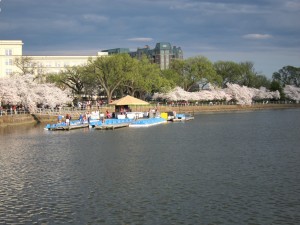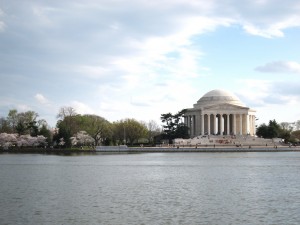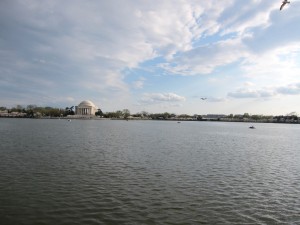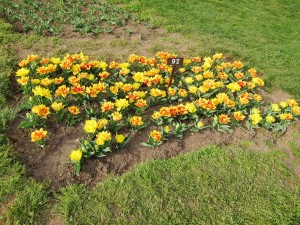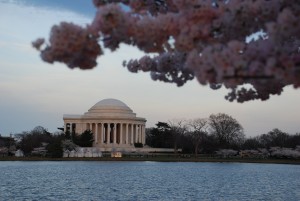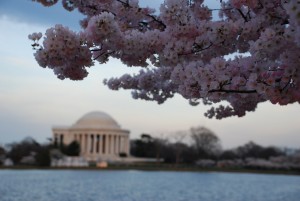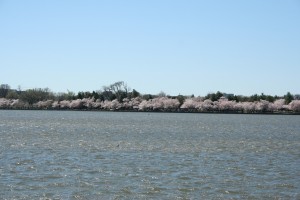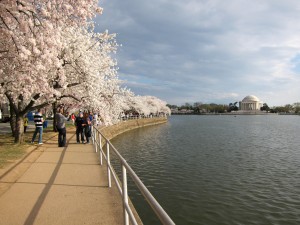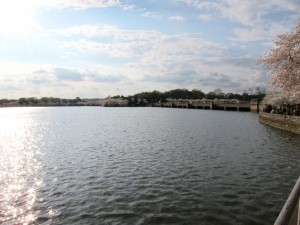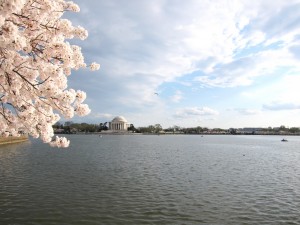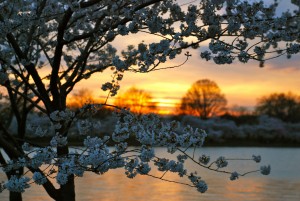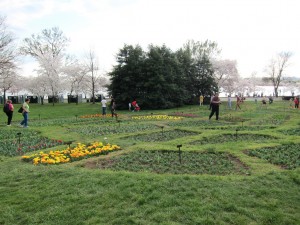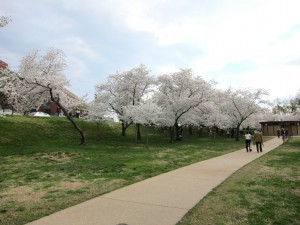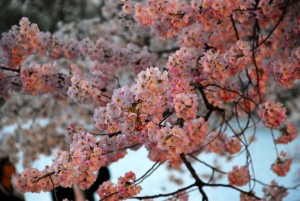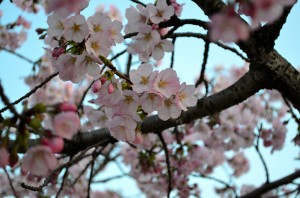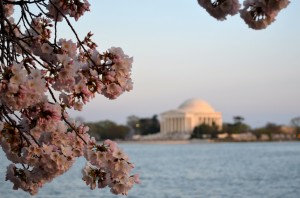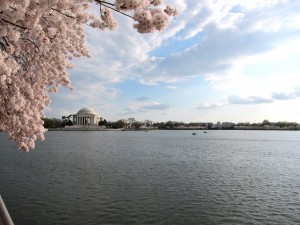
The National Cherry Blossom Festival commemorates the Cherry trees given by Mayor Yukio Ozaki of Tokyo in March 27, 1912 to the District of Columbia. In Japanese culture, Sakura flowers (otherwise known as Cherry flowers) are deeply embedded in Japanese culture and tradition. It symbolizes the arrival of Spring and the renewal of life. The trees were given as symbol of the growing friendship between the United States and Japan. It’s celebrated every Spring in Washington D.C.
The festival is located around the Tidal Basin near the Potomac River where most of the Cherry trees are planted. It’s right next to the Jefferson Memorial in downtown D.C. The festival usually coincide with the Blossom Kite Festival (formerly known as the Smithsonian Kite Festival) every Spring.
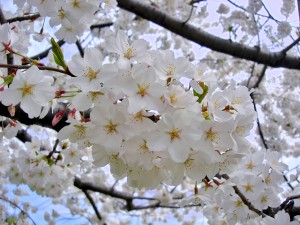
There are about 3020 cherry blossom trees planted around the Tidal Basin. The two predominant types are the Yoshino and Kwanzan that can be easily distinguished by their white and pink flowers. The Yoshino’s are mostly found south of the Washington Monument and it produces single white blossoms creating the effect of white clouds around the Tidal Basin. The Kwanzan type grows primarily in East Potomac Park and usually blooms after the Yoshino producing clusters of clear pink double blossoms. You can also see a small number of blooming Akebono cherry trees mixed with the Yoshino trees south of the Monument. Akebono cherry trees produce single, pale-pink blossoms. Fugenzon variety are mixed with the Kwanzan variety in the east Potomac park producing rosy pink double blossoms
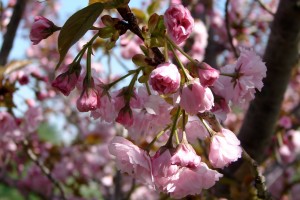
The National Cherry Blossom Festival is estimated to bring 200 million in economic activity to downtown D.C. with around 700,000 visitors in the Spring. The cherry blossom has been arriving earlier than previous years due to global warming. The National Park Service forecast the peak Cherry bloom when about 70% of the flowers are open which usually last for about 10 days depending on the weather.
Aside from the 4 major cherry trees in the Tidal Basin, there are other varieties planted around the basin that includes:
1. Weeping Cherry (which produces a variety of single and double blossoms of colors ranging from dark pink to white for about a week),
2. Autumn Cherry (semi-double, pink),
3. Shirofugen (which produces white double blossoms that age to pink),
4. Sargent Cherry (single, deep pink),
5. Usuzumi (white-grey)
6. Takesimensis.
National Cherry Blossom Festival Website

